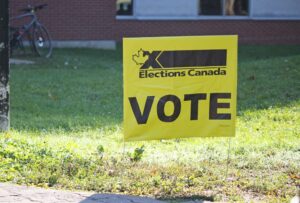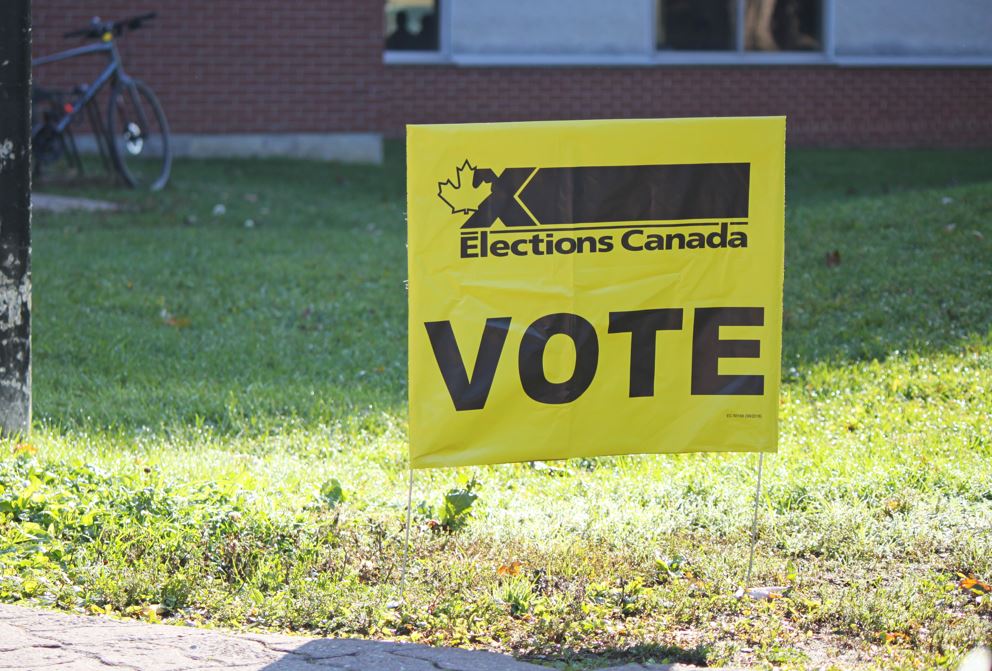The grits focus on the difficulties of the NDP, young people turn towards the conservatives

TORONTO – Still conflicting signs in these long journey that separates us from the appointment at the polls. Elements that, as has happened since the beginning of the election campaign, add uncertainty to a vote already burdened by the shadow areas caused by the Covid-19 pandemic and the precarious situation in Afghanistan. The latest Nanos poll is in sharp contrast to the opinion polls of this and last week and signals a decisive recovery in voting intentions in favor of the Liberal Party. According to the poll, at this moment the party led by the outgoing prime minister reaches 35.9 percent, marking an increase of 2.4 percent compared to the previous opinion poll.
Setback for Erin O’Toole’s conservatives, with 32.7 percent – down 2.4 percent – who in the last ten days had marked a significant increase in voting intentions, so much so that they achieved a substantial statistical parity with the Liberal Party. But how do you explain the sudden increase in consensus towards grits? One reason, evident, is the unexpected collapse of Jagmeet Singh’s NDP, which since the beginning of the election campaign had never fallen below 20 percent of voting intentions.
According to Nanos, however, at the moment the neo-democrats do not exceed 16.8%. And it is clear that this pool of votes on the left represents a goal of the Liberal leader, especially in those constituencies where grit and Conservative Party candidates are divided by a handful of votes and where the candidate ndippino has no chance of victory.
But for Trudeau there is not only good news. According to the poll, the younger electorate is turning its back on the Liberals. In the 18-34 age group, O’Toole garnered 33 percent of the vote, followed by Trudeau at 28 and Singh at 20. In the 35-49 age group, the Conservative leader is still in the lead in voting intentions, again at 33 percent, while the outgoing prime minister does not exceed 27 percent and the neo-democratic secretary stands at 18 percent.
These figures are clearly in contrast to the last election of 2019, when the vote of young voters contributed to the victory of the Liberal Party.
Another fact that is worrying the entourage of the liberal leader comes from the intentions of voting on a provincial basis. Ontario, in particular, at the beginning of the election campaign was given as a safe province ahead of the September 20 vote. With the passing of the days, however, in many constituencies the balance of power between the parties and the liberals has changed, there is a real risk not only of not increasing the number of seats won in 2019, but even of retreating.
According to 338canada.com,at the moment the Liberal Party is clearly ahead in 62 of the 121 electoral districts of Ontario: two years ago Trudeau’s party won 79, therefore 17 more than the current projections. The Conservative Party, by contrast, in 2019 did not go beyond 36 seats, while at this time the projections are talking about 44 safe districts, with a dozen where there could be an unexpected head-to-head between the outgoing Liberal MP and O’Toole’s candidate. It is therefore not surprising that the Tory leader in recent days has decided to campaign in Ontario: first in Ottawa, today in Hamilton.
In the event that there were to be a reversal in the balance of power in this province, then the hopes of victory for the outgoing prime minister would really be reduced compared to the initial forecasts.



